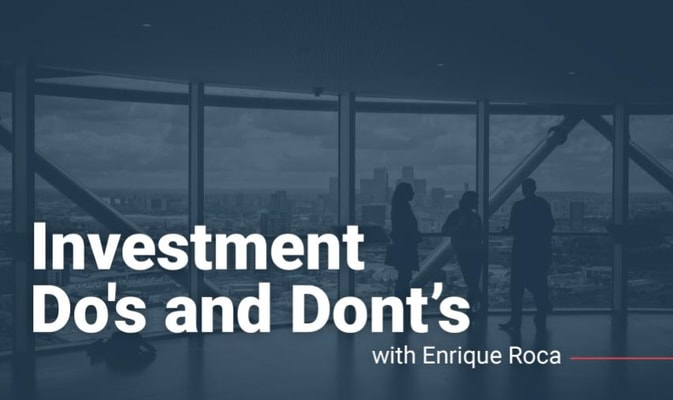Do portfolios need to be modified in the face of changes in the macro environment?

5 OCT, 2021
By Enrique Roca

While the authorities are sending out messages of a transitory state of the wrongs of the economy, and inflation in particular, the media are warning us that inflation is here to stay at least until May, on one side because of the base effects of commodities, and on the other side because we have not yet seen the second round of inflation.

As for the possible stagnation, opinions are divided. However, as investors, we must prioritise capital preservation, and assess whether we are prepared, and ready to contemplate in our planning a market that could be quite adverse to our interests if we maintain the current portfolio.
The issue is not bad if we contemplate how the macroeconomic signals are not linear in a clear direction, and if we wait to have an accurate view, the market has already discounted it, and it is thinking about the next economic phase.
It is always a good idea to talk to the client to share market views, and remind them that markets always exaggerate on both sides.
The investment clock can give us a scenario of where to invest if the worst case scenario of stagflation materialises. There is no consensus, but there is unanimity in thinking that high growth rates are beginning to decrease.

Markets are driven by profits and liquidity. If prices grow much higher than these, and the rope is stretched too far, sooner or later it will return to the middle ground, especially if liquidity begins to dwindle.
As investors, we have to think that there are unpredictable elements that we cannot control, especially in the short term, and that the market can go against our convictions if we make a mistake in the economic cycle.
Globalisation and interdependence of different markets and cycles seem to be getting shorter and shorter, alerting us to the importance of not investing solely on the basis of our predictive ability.

One idea is to build a portfolio over several quarters with systematic investment so that when markets fall, more stocks or fund shares are bought.
Another system is to configure the portfolio in two cores: a core investment to be held regardless of the economic cycle, and a satellite investment that can be adapted to the economic cycle.
The first would consist of a mix of passive or indexed global funds, as well as active funds that have proven their worth over the last ten years, and some that pick up the mega-trends.
As for the latter, it seems that for the new scenario it may be important to invest in the sectors that the coming cycle will mark, but weighing up the valuations.
Thus:
Martin Pring, the analyst who studies the returns of the economic cycles, shows us the past returns of the different assets according to the economic cycle.
| Phase 1 | Phase 2 | Phase 3 | Phase 4 | Phase 5 | Phase 6 | |
| Bonds | 10.81% | 7.49% | 6.75% | -0.29% | -3.20% | -7.15% |
| Equities | -11.64% | 18.06% | 12.17% | 11.53% | 1.83% | -12.71% |
| Commodities | -9.24% | -7.52% | 8.92% | 8.80% | 13.94% | -13.18% |
In phase five, equities should be reduced, except for commodity-related equities, and cash liquidity should be increased.
In the last phase, cash should reach at least 50% of the portfolio, and equities should not exceed 20% for an average risk investor.
It is sometimes difficult to identify the stage until it is advanced, so changes in our portfolio should be progressive, as data confirms our assumptions and always bearing in mind our particular situation in terms of risk aversion and financial objectives. Tactics must be combined with our particular strategy to defend our interests.
I am not able to guess in the current circumstances which phase we are in, phase four or further ahead, but I believe that the best of this cycle is over, and we have to prepare for much lower returns which may even include negative real returns.
Not all cycles are the same, but they do have elements in common, and in the end both excessive optimism and pessimism subside, and find their break-even point, but to invest in the stock market you have to be at least slightly optimistic, and believe in the progress of humanity.
Related articles
 Granolas Stocks: what they are and differences with the Magnificent 7
Granolas Stocks: what they are and differences with the Magnificent 7By RankiaPro Europe

